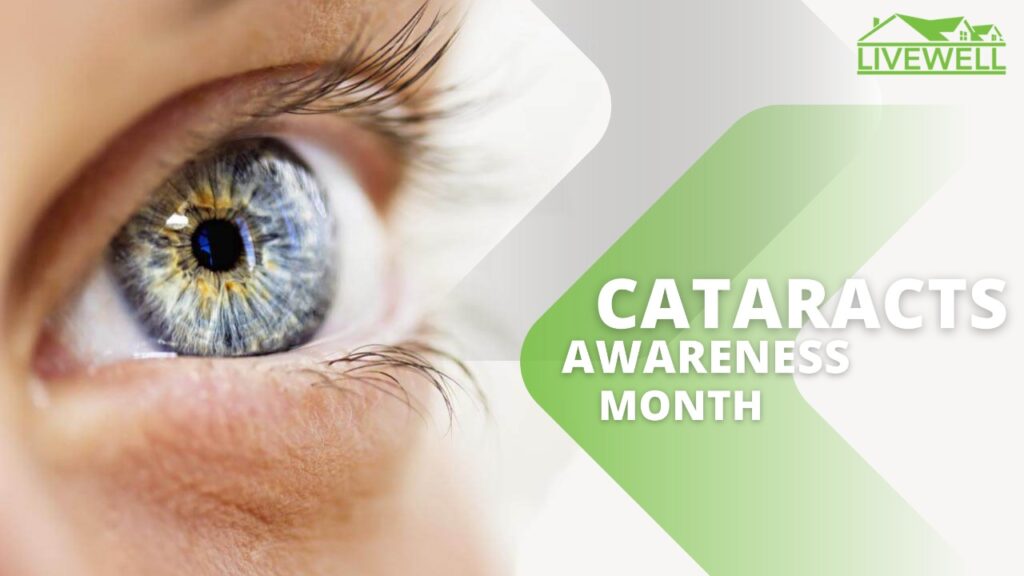Cataracts in Children.

Every June, the world celebrates cataract awareness to educate the public on risk factors, symptoms, cataract types, and surgery and encourage them to learn the facts about cataracts.
The theme for 2022 is The Year of Children’s Vision, which aims at raising awareness and educating the public on children’s vision and eye health issues.
At birth, behind the Iris, there is a clear lens that changes its shape to focus on objects at varying distances. With time, as the lens becomes flexible, it loses its clarity properties, and thus the lens automatically hardens, clouds, and subsequently becomes yellow. Thus, resulting in a cataract.
It is very rare for children to have a cataract, but it is the main disease that causes blindness and visual impairment while young.
As stated by the Centers for Disease Control and Prevention (CDC), cataract is the leading cause of vision loss in the United States and the leading cause of blindness worldwide.
In children, the disease may be hereditary or acquired, unilateral (one eye) or bilateral (both eyes)but most importantly, treatable.
Some cataracts don’t cause any trouble with vision, while others are more progressive, causing visual problems.
According to an article by Rochester Medical Center the types of Cataracts in Children include:
- Congenital cataracts: Born with and often happen in both eyes. It may not affect your child’s vision, but it needs to be removed when it does.
- Secondary cataracts: Formed because of an illness, i.e., diabetes or an eye problem.
- Traumatic cataracts: Happen because of an eye injury, right after your child’s eye gets hurt or years later.
- Radiation cataracts: Starts after exposure to some types of radiation.
In addition, the disease may develop later in life(acquired). The following may cause cataracts:
- Poisoning
- Diabetes
- Steroid use
- Injury
- Other illnesses, such as rheumatoid arthritis
There will be symptoms of cataracts in a child. They can include:
- A white-like pupil when light is reflected in it
- Misaligned eyes
- Rhythmic eye movements (go back and forth, up and down, around, or mixed.
- Cloudy/blurry vision
You can also read more informative articles on our Joy In Aging Blog. Here’s a read about recreational therapy from our last feature.
